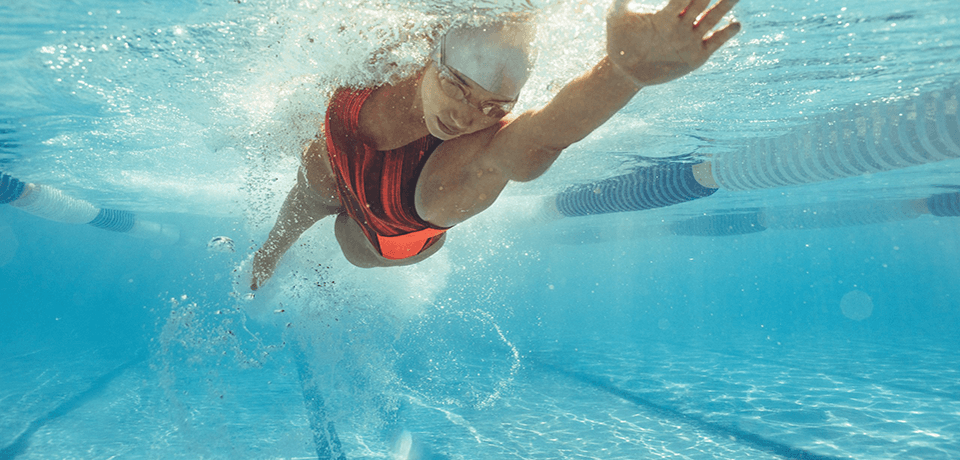Swimming is a healthy form of exercise for people of all ages. For decades, chlorine has been used safely to help destroy waterborne germs that cause diarrhea, swimmer’s ear, athlete’s foot and other ailments. Unlike alternative disinfectants, such as ozone and ultraviolet radiation, chlorine provides a residual level of protection that continues to disinfect long after it is applied.
Swimming Pool Safety

Swimming in Chlorinated Pools - FAQs
Any link between chlorinated pools and cancer is highly speculative. Scientists continue to study this issue, but in no case have they concluded that swimming in chlorinated pools causes of cancer. Respected public health authorities, including the World Health Organization, the U.S. National Cancer Institute, the U.S. Environmental Protection Agency and Health Canada, have each examined scientific research on swimming and bladder cancer, for example. These groups have each concluded existing data are insufficient to show an association. Other studies examining the effects on DNA of swimming in pools are limited and inconclusive.
Chlorine helps protect health by killing waterborne germs that can make swimmers sick. Independent and respected health authorities agree that chlorine itself poses no known health effects when levels are managed within the recommended range for swimming pool water. Research on swimming pools and potential health effects focuses, not on chlorine, but on substances formed in pool water called disinfection byproducts.
Disinfection byproducts are produced when disinfectants such as chlorine, used to protect against waterborne germs, react with impurities, including perspiration, body oils, urine and lotions introduced into the pool by swimmers. All disinfectants form byproducts, but those formed with chlorine are the most well-studied. One type of disinfection byproduct, chloramines, are irritating substances responsible for swimmers’ red eyes and the strong chemical odor of some pools. Many people mistake the smell of chloramines for a sign that there is “too much chlorine” in the pool. The truth may be the reverse: more chlorine may be needed to help reduce chloramine levels.
Pool managers have a responsibility to manage pool chemistry appropriately, which helps limit disinfection byproducts. Maintaining sufficient levels of chlorine is essential to protect against waterborne diseases. The goal is to limit the impurities in the water that lead to the formation of byproducts. Swimmers can do their part by showering before swimming and never peeing in the pool, for example. If the levels of impurities in pool water are kept low, the levels of disinfection byproducts will also be low.
Chlorine, as well as other disinfectants, reacts with any organic matter in the pool, including urine. If chlorine reacts with urine, it is used up so it is not available to destroy germs. And when chlorine reacts with compounds in urine, DBPs are formed. Bottom line: Don’t pee in the pool.
There is no convincing evidence that swimming in chlorinated pools causes asthma in otherwise healthy people. In fact, physicians often prescribe swimming for their asthmatic patients. They say the benefits of swimming as a healthy form of exercise offsets any potential respiratory risk. Research on swimming pools and asthma center around substances formed in pool water called disinfection byproducts (DBPs), which form when disinfectants, such as chlorine, chemically react with impurities, including perspiration, body oils, urine and lotions introduced into the pool by swimmers. Some DBPs are highly volatile and can lead to noxious odors and irritating conditions, particularly at indoor pools. Properly operated and maintained pools should keep the level of DBPs low, while protecting swimmers from waterborne germs. Swimmers must also do their part by showering before swimming and never peeing in the pool.
In 2009, the Belgian Minister of Public Health became aware of a Belgian study linking children’s attendance at chlorinated pools to asthma development. The Minister instructed the Belgian Superior Health Council to formulate detailed scientific advice on this matter. The Council reviewed the Belgian study and other relevant publications and in February, 2011, produced an official report concluding the available evidence does not support advising children against swimming in chlorinated pools. The report is available in Dutch and French.